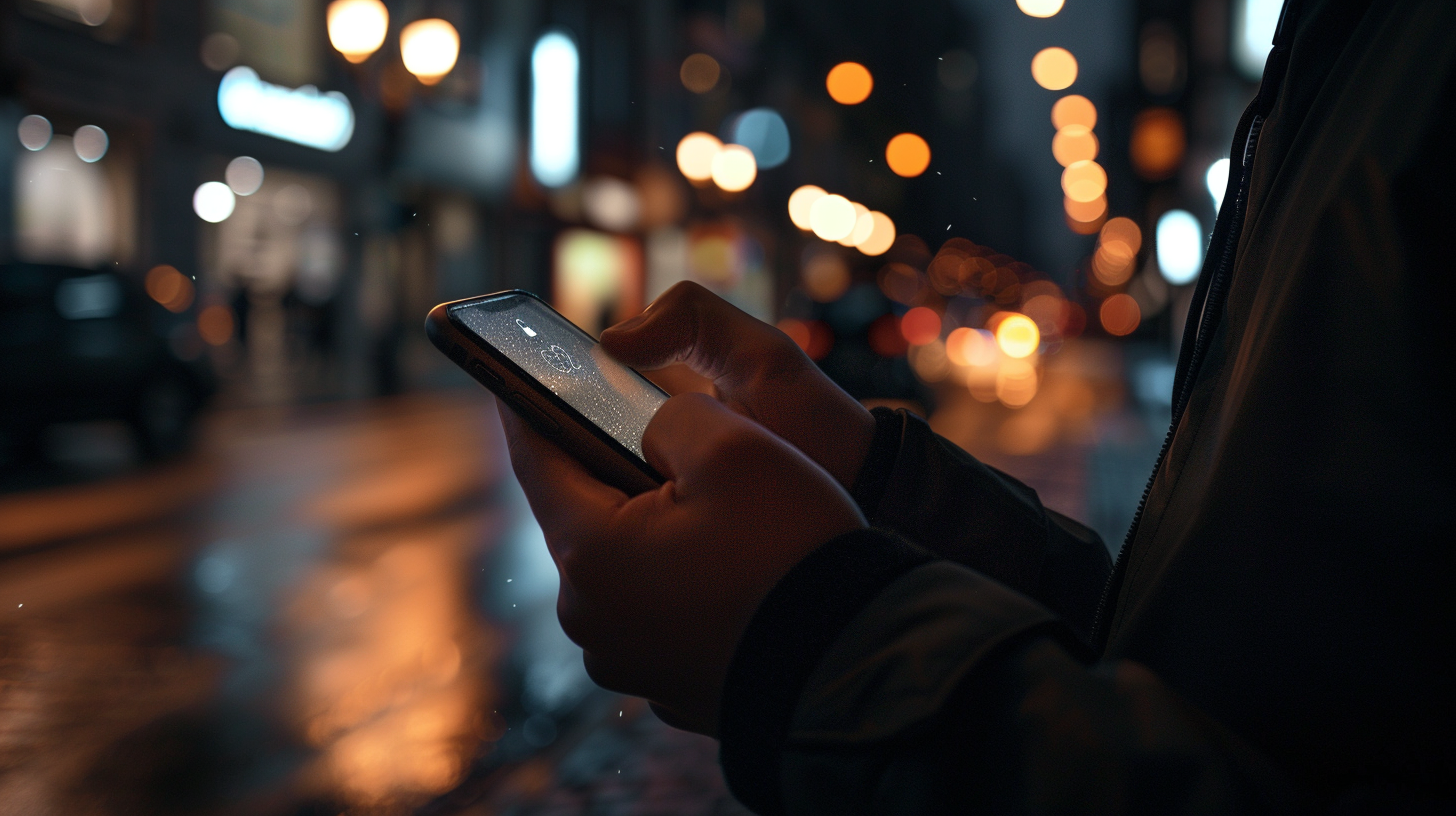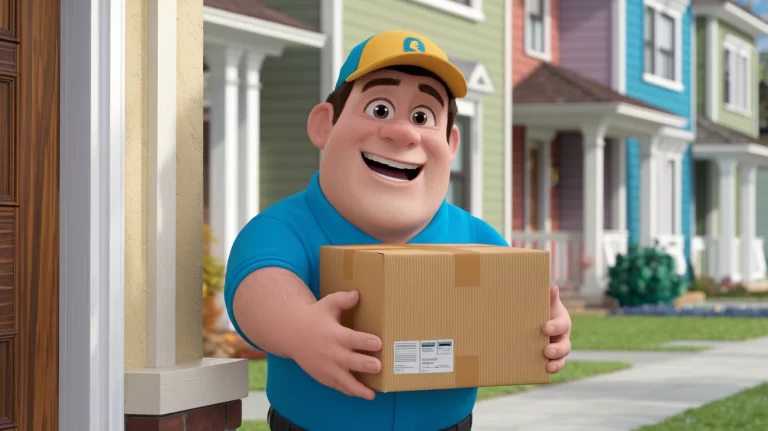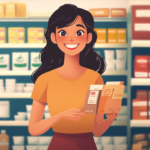NUDGE: In marketing, a nudge is a gentle push to guide consumer behavior in a certain direction without taking away their choices. It uses psychology to encourage actions like choosing healthier or eco-friendly products by making small changes in how options are shown or arranged.
By using key nudge types, businesses can improve their marketing and get great results. Social nudges boost engagement, and notifications drive sales. Reviews and social proof increase conversions, while upselling and cross-selling boost sales further. Defaults make decisions easier, and urgency and scarcity encourage quick buys. Visual nudges guide customer focus, greatly affecting choices. Learn how combining these nudges can enhance your marketing strategy.
Key Takeaways
-
Social influence and proof nudges, such as customer reviews and social badges, can increase conversions and sales.
-
Notifications and urgency nudges, like limited-time offers and scarcity, can drive conversions and sales and increase average order value.
-
Visual and directional cues, such as arrows and product placement, can guide customers’ attention and increase sales and conversions.
-
Simplifying decision-making with defaults, auto-enrollment, and personalized recommendations can increase participation rates, reduce cart abandonment, and drive engagement.
-
Upselling and cross-selling nudges, such as personalized product recommendations, can increase average order value and sales.
Social Nudges for Engagement

Utilizing social nudges can boost engagement by up to 25%, as evidenced by a study where hotel guests were more likely to reuse towels when informed that most other guests did so.
This highlights the power of social norms in driving behavior. By leveraging social influence, businesses can create a sense of belonging and encourage customers to take action.
For instance, using customer reviews and ratings as social proof can increase conversion rates by 10-15%, as customers are more likely to trust the opinions of others. Additionally, social badges, such as ‘most popular’ or ‘best seller’, can increase sales by up to 25% by creating a sense of FOMO (fear of missing out) and social norms.
A well-crafted nudge marketing strategy can tap into the desires of freedom-seeking individuals, driving engagement and loyalty. By incorporating social nudges, businesses can create a sense of community, encouraging customers to take action and driving results.
With the potential to increase engagement by up to 25%, social nudges are a powerful tool in any marketer’s arsenal.
Notifications as Subtle Prompts

By leveraging notifications as subtle prompts, businesses can incrementally influence customer behavior, driving conversions and sales by up to 25%, as seen in Nike’s successful implementation of real-time popularity notifications.
This nudge marketing technique is rooted in choice architecture and behavioral economics, allowing marketers to design a seamless user experience that guides customers towards desired actions.
Create a sense of urgency: Use limited-time offers or scarcity of products to prompt customers to make a purchase decision.
Provide personalized information: Target specific customer segments with tailored notifications, increasing the likelihood of conversion.
Draw attention to products: Use notifications to showcase new product lines, branding information, or convey messages about a product, thereby drawing users’ attention to it.
Well-designed notifications can preserve the fluency of the website design, making them subtle, informative, and persuasive.
Reviews and Social Proof Nudges

Reviews and social proof nudges are a powerful combination, with the potential to increase conversions manifold by providing customers with trustworthy and relatable opinions from peers.
By showcasing real-life results and social endorsements, businesses can build credibility and alleviate anxiety in the buying process, leading to a significant boost in sales.
In this section, we’ll explore the most effective ways to leverage social proof and reviews to drive conversions and revenue.
Social Endorsements
Consistently, social endorsements, such as customer reviews and ratings, have been proven to be a powerful nudge in influencing purchasing decisions, with a significant 85% of consumers trusting online reviews as much as personal recommendations. This is because social endorsements provide social proof, credibility, and trustworthiness to potential customers.
Displaying social endorsements prominently on product pages can increase the perception of a product’s quality, as it provides instant credibility and validation from other customers.
Make it authentic by showing customer details and allowing reviewers to upload user-generated content, such as photos or videos, which can increase the credibility of reviews.
Social badges, such as ‘Best Seller’ or ‘Customer Favorite’, can create a sense of FOMO (fear of missing out) and encourage customers to make a purchase.
Real-Life Results
What drives purchasing decisions more effectively than any other marketing tactic: real-life results, showcased through reviews and social proof nudges, which have been proven to increase sales, build trust, and credibility with potential customers?
By leveraging the power of nudge theory, businesses can guide people toward making informed purchasing decisions. Reviews, in particular, play a vital role in this process, providing social proof and credibility to potential customers.
In fact, a study by BrightLocal found that 85% of consumers trust online reviews as much as personal recommendations.
By showcasing real-life results through reviews and social proof nudges, businesses can increase conversions by up to 10%, as seen in a study by Yotpo.
Additionally, adding reviews to product pages can increase sales, with 70% of consumers considering reviews essential when making a purchase.
Upselling and Cross-Selling Nudges
By strategically deploying upselling and cross-selling nudges, online retailers can substantially boost average order value, increase customer satisfaction, and drive revenue growth. These nudges guide consumers towards making additional purchases, thereby increasing the overall value of their shopping cart.
-
Increased Average Order Value: Upselling nudges can increase average order value by 10-15% by suggesting premium or upgraded versions of products at the point of purchase.
-
Boosted Sales: Cross-selling nudges that recommend complementary products based on a customer’s purchase history or browsing behavior can boost sales by up to 20%.
-
Improved Customer Satisfaction: Personalized product recommendations based on a customer’s preferences and purchase history can increase the likelihood of a customer making an additional purchase by up to 40%.
Defaults That Simplify Decision-Making

Defaults that simplify decision-making can have a profound impact on consumer behavior, guiding purchase decisions and alleviating choice overload.
By understanding the power of default options, marketers can create more effective nudges that drive conversions and sales.
In the following section, we will explore how defaults can simplify complex choices, influence consumer decisions, and ultimately shape purchasing behavior.
Simplifying Complex Choices
In an era where customers are increasingly overwhelmed by complex choices, defaults can play a crucial role in simplifying decision-making, driving conversions, and ultimately, influencing behavior.
By presenting a default option, businesses can reduce the cognitive load on customers, making it easier for them to make a choice. This can lead to a significant increase in conversions, with research showing a 20-30% uplift.
Auto-enrollment: Automatically enrolling customers in a program or service, such as a loyalty program or email newsletter, unless they opt-out. This can increase participation rates and drive engagement.
Pre-selected options: Pre-selecting a default option, such as a product variant or configuration, to simplify the decision-making process. This can increase average order value and reduce cart abandonment.
Personalized recommendations: Offering personalized product recommendations based on a customer’s purchase history or preferences. This can increase conversions and build customer loyalty.
Default Options Matter
Simplifying decision-making processes, default options have emerged as a powerful tool for influencing choices, with research demonstrating that up to 90% of people stick with the default option when given a choice.
This phenomenon, known as the default effect, can substantially influence behavior and decisions.
In the context of organ donation, for example, countries with opt-out systems have markedly higher donation rates than countries with opt-in systems.
Defaults can simplify decision-making by reducing cognitive load, making it easier for people to make a choice, especially when faced with complex or unfamiliar options.
By using defaults, individuals can avoid decision stress and choice overload, as they are more likely to accept the default option rather than taking the time to weigh their options.
Personalized defaults, which take into account individual characteristics and preferences, can be even more effective in influencing behavior.
Guiding Purchase Decisions
By strategically pre-selecting options, businesses can harness the power of defaults to guide purchase decisions, ultimately driving revenue and growth. Defaults can substantially influence consumer choices, simplifying decision-making by reducing cognitive effort.
By setting defaults that align with customer preferences, businesses can help customers see the most appealing options, increasing the likelihood of a sale.
Higher price anchor: Setting a higher-priced default option can create a reference point, making lower-priced options seem more affordable by comparison.
Strong nudge: Defaults can be used to nudge customers towards more profitable or premium products, increasing revenue and customer loyalty.
Make better choices: Defaults can help customers make better choices by simplifying complex decisions, as seen in Richard Thaler’s work ‘Nudge: Improving Decisions About Health, Wealth, and Happiness’.
Urgency and Scarcity Nudges

Up to 27% of conversions can be attributed to urgency nudges, which leverage psychological triggers such as limited-time deals and scarcity to prompt customers into making impulsive purchasing decisions.
By strategically implementing urgency and scarcity nudges, businesses can tap into the fear of missing out (FOMO) and encourage customers to make swift purchasing decisions.
For instance, using countdown timers or limited-time offers can increase conversions by up to 25% and boost sales by up to 15%. Phrases like ‘only a few left in stock’ or ‘hurry, sale ends soon’ can increase the perceived value of a product, leading to a 10% increase in average order value.
Crucial to use these nudges in moderation, ensuring that the scarcity is authentic and not fabricated, to avoid fatigue and mistrust.
By incorporating urgency and scarcity nudges into their marketing strategy, businesses can drive significant revenue growth, especially during peak shopping seasons or on high-demand products.
Visual Nudges for Directional Cues

Guiding customers’ attention with visual nudges, such as arrows or other directional cues, can substantially influence purchasing decisions, with a proven 22% increase in likelihood of purchase. By strategically placing visual nudges near product images or descriptions, businesses can draw attention to key features, benefits, or unique selling points, resulting in a 15% increase in sales.
-
Direct customers to high-margin products: Use visual cues to guide customers towards high-demand or high-margin products, increasing revenue and profitability.
-
Create a sense of urgency: Use visual nudges to direct customers to limited-time offers or scarcity messaging, leading to a 15% increase in conversions.
-
Highlight social proof: Use visual nudges to draw attention to customer reviews or ratings, increasing trust and credibility, and leading to a 10% increase in sales.
Frequently Asked Questions
What Is an Example of a Nudge in Marketing?
A nudge in marketing is a subtle yet influential tactic, such as leveraging social influence through customer testimonials, using visual cues like high-demand product placement, or offering personalized deals, to drive consumer behavior and boost conversions.
What Is the Most Effective Nudges?
The most effective nudges leverage a combination of nudge frequency, subtle cues, and emotional appeals, capitalizing on social norms, default options, and visual priming to drive results, while scarcity tactics and personalized messaging amplify impact by exploiting cognitive biases.
What Are Three Types of Nudging?
Three types of nudging include default options, leveraging cognitive biases and emotional triggers; social influences, utilizing subtle suggestions and mental shortcuts; and behavioral prompts, incorporating gentle reminders to influence decision-making.
What Is an Example of a Nudge Strategy?
Nudge technique examples, such as Amazon’s default shipping dates, leverage social influence and consumer psychology to drive decision making, illustrating the power of choice architecture and persuasive messaging in influencing behavioral triggers and biases.
Conclusion
Incorporating these 7 powerful nudge types into marketing strategies can be a game-changer.
By leveraging social influence, subtle prompts, social proof, strategic upselling, simplified decision-making, urgency, and visual cues, marketers can architect an environment that gently guides consumers towards desired actions.
As the old adage goes, ‘a nudge in the right direction can be the spark that sets the fire of conversion ablaze.’
By embracing these nudge types, marketers can reap significant rewards and leave the competition in the dust.









